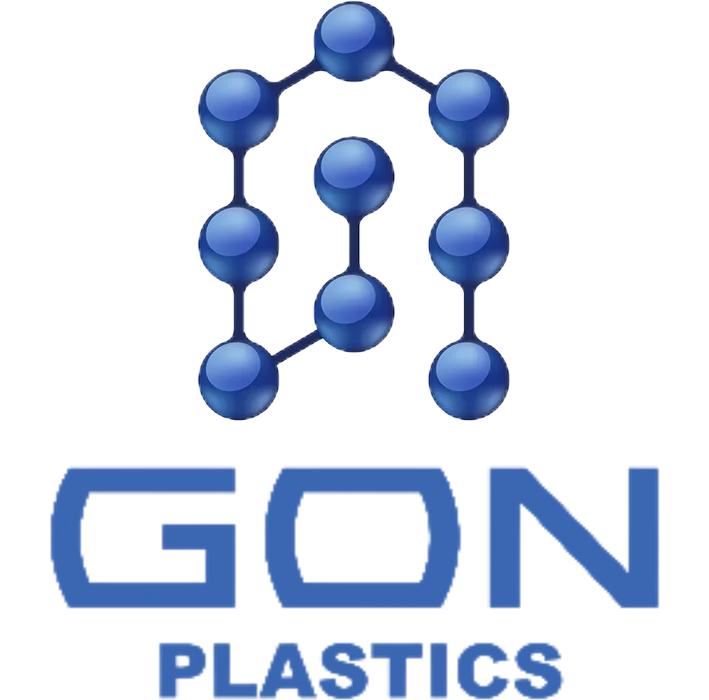How Is Polypropylene Formed
Polypropylene is one of the most commonly used plastics in the world, but have you ever wondered how it is actually formed? In this article, we will delve into the fascinating process of how polypropylene is created, from its basic chemical composition to the intricate manufacturing techniques involved. Join us as we explore the science behind this versatile and widely used material.
Understanding the Basics of Polypropylene
Polypropylene, also known as PP, is a versatile thermoplastic polymer that is widely used in various industries for its excellent chemical resistance, high heat resistance, and durability. It is a type of polyolefin and is produced through the polymerization of propylene monomers.
The Polymerization Process
The most common method used to produce polypropylene is through a process called polymerization. This process involves the combination of propylene monomers under specific conditions to form long chains of repeating propylene units. The polymerization process can be carried out using different techniques, such as gas-phase, bulk-phase, or solution-phase polymerization.
Catalysts and Additives
Catalysts play a crucial role in the polymerization of propylene to form polypropylene. Ziegler-Natta catalysts are commonly used in the production of polypropylene due to their high efficiency and selectivity. These catalysts help control the molecular weight and structure of the polymer, resulting in the desired properties of the final product. In addition to catalysts, various additives such as stabilizers, antioxidants, and colorants may be added to enhance the performance and appearance of polypropylene.
Processing Techniques
Once polypropylene is formed through polymerization, it can be processed using a variety of techniques to create different products. Common processing techniques for polypropylene include injection molding, extrusion, blow molding, and thermoforming. Each of these techniques allows for the fabrication of polypropylene products with specific shapes, sizes, and properties.
Applications of Polypropylene
Polypropylene is used in a wide range of applications due to its excellent properties and versatility. It is commonly used in the manufacturing of packaging materials, automotive components, household goods, textiles, and medical devices. The high chemical resistance of polypropylene makes it ideal for storing and transporting chemicals and food products. Its heat resistance also makes it suitable for use in appliances and electronic devices.
In conclusion, polypropylene is a valuable thermoplastic polymer that is formed through the polymerization of propylene monomers using specific catalysts. The resulting polypropylene can be processed using various techniques to create a wide range of products for different industries. Its unique properties make it a popular choice for manufacturers seeking durable, heat-resistant, and chemical-resistant materials.
Conclusion
In conclusion, polypropylene is a versatile and durable material that is formed through a complex process of polymerization. With 25 years of experience in the industry, our company has become experts in understanding the production and applications of polypropylene. As technology continues to advance, we are committed to staying ahead of the curve and providing our customers with the highest quality products made from this innovative material. By combining our knowledge and experience, we are able to deliver superior solutions that meet the needs of our clients. Thank you for following along with us on this journey of discovery into the world of polypropylene formation.



